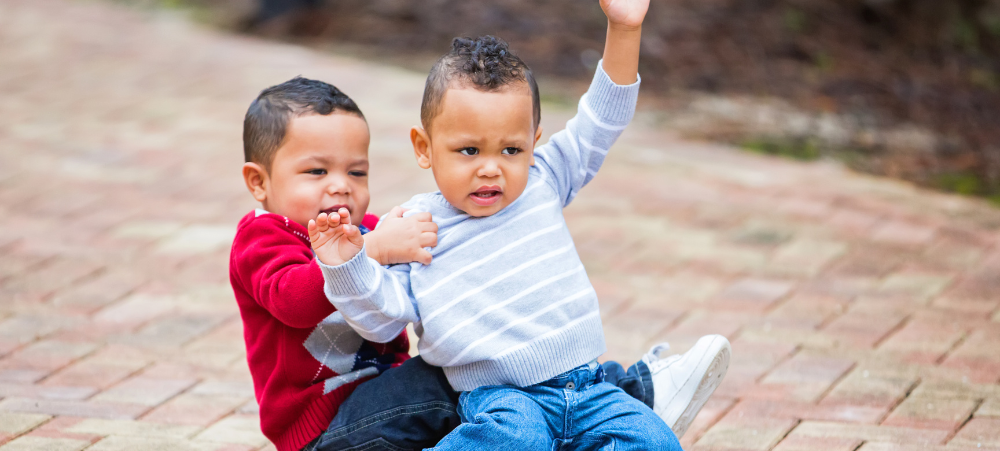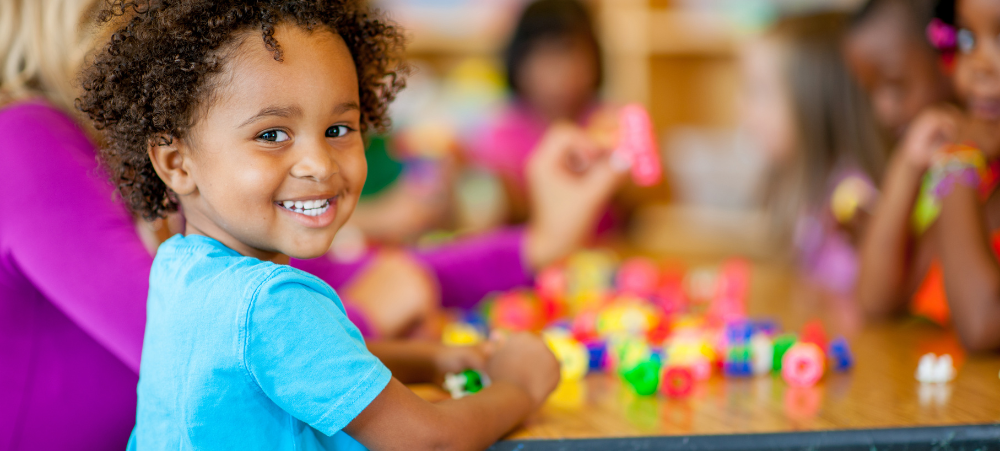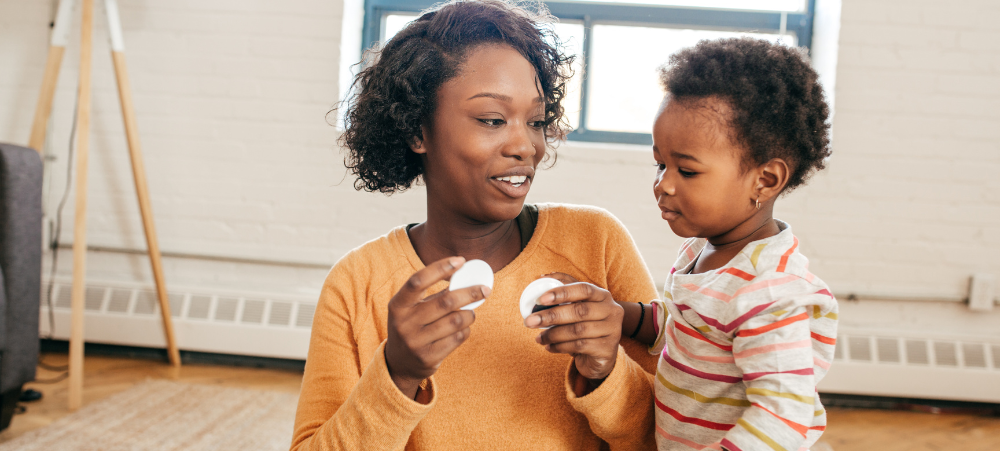Every child has a unique personality, which will be visible as the child gets older. Their character will be moulded and formed as a combination of the people around them, genetics, and living atmosphere. However, your little one will tend to exhibit a common personality trait as they pass the age of two – temper tantrums or the “terrible twos” Firstly, the name “terrible twos” is a misnomer. It is characterised by resistant behaviour.
This includes: saying “no,” kicking, biting, ignoring instructions, and throwing themselves on the floor. However, this can start from as early as their first birthday and not manifest itself until your little one is three years old. There is a reason why the nickname has stuck: Usually, around the age of 2 is when your toddler hits key developmental milestones such as: Communicating in two or five-word sentences, walking, climbing and gaining a solid foundation of concepts like; “mine,” “no” “bad,” and “good” which they didn’t necessarily understand before.
The root of these milestones, called the classic “terrible twos phase”, is about asserting independence, testing boundaries, and learning how to communicate fundamental needs and wants, but this comes with learning how to recognise that these needs and wants will sometimes differ from those of the parents and child’s caregivers.
“Terrible Twos Symptoms”
- The child might be very loving and clingy in one moment, and he might start yelling at you within a second.
- Refusals are also common among the children – they might refuse to do things, including eating, changing clothes or diapers, and even refuse to be touched by the parents.
- To get your attention, they might resort to many actions and tactics. Including screaming at the top of their lungs while looking directly at you, throwing things, or repeatedly hitting their head against the wall or a floor.
- Terrible twos are characterised by antagonistic behaviour towards the parents and frequent mood changes. Tantrums accompany this.
How to help your little one through their “temper tantrum.”
- Give them a few minutes to cry or scream it out.
- Once you see they have calmed down, hug them and wipe down their faces.
- Now that they are done crying/screaming and cleaned, ask them to tell you how they feel and try to help them navigate through it.
- Tell your little one that the next time they feel overwhelmed or need something to come to you and ask. This can be a very trying, testing and challenging time for the parents, caregivers and teachers. You can feel like you’re not a good parent and guilt trip yourself. Doing this may affect how you treat your child. Sometimes parents overcompensate or take their frustration out on their partner, helper, etc. It’s crucial in these moments not to be too hard on yourself; self-regulate, take a breather and remember to keep a little human alive is a big task. They are trying to understand what this life is about. You are doing a great job and remember this is only a phase!
- SCREEN TIME AND ITS’ EFFECT ON LANGUAGE DEVELOPMENT - March 15, 2024
- Is your child a bully? - March 12, 2024
- Emotional and Social Milestones of a 6-year-old - October 17, 2023





